TechRadar Verdict
A great phone, undoubtedly, but doesn't stand as far out of the crowd as its predecessor.
Pros
- +
Fast operation
- +
Slick UI
- +
Excellent cloud integration
- +
Stunning design
- +
Strong stills camera
Cons
- -
Wi-Fi antenna issue
- -
Frequently slow notifications bar
- -
Stuttery HD video recording
- -
Not cheap for its specs
- -
Still some Android UI issues
Why you can trust TechRadar
All things must come to an end (or at least be supplanted by something new). The HTC Desire S has arrived to take over from its predecessor in the Android race.
In many ways, it's quite similar. We'll still be looking at a 3.7-inch 480 x 800 screen, Android overlaid with HTC's Sense UI and a 1GHz processor. However, HTC hasn't totally rested on its laurels.
You can check out TechRadar's video review of the HTC Desire S
The RAM is increased for the upgraded Android 2.3, there's now 1GB of built-in memory and it's made with a premium aluminium unibody shell.
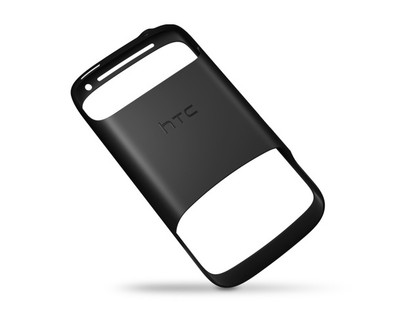
The only real disappointment from a spec point of view is that 1GHz processor – it's single-core, while its competitors slowly move to dual-core for the higher-end phones, such as the Samsung Galaxy S2.
While it lacks the processing grunt of the LG Optimus 2X, we commented in our review of that phone that the Android experience wasn't actually made any faster or smoother than the original Desire by the addition of Nvidia's dual-core Tegra 2, so it'll be interesting to see if it can be as slick as ever on one core.

The Desire S also brings improvements in video recording, with 720p HD capture now supported, though the sensor stays at five megapixels.
Sign up for breaking news, reviews, opinion, top tech deals, and more.
The wireless technology has also had a welcome boost, with 14.4Mbps HSDPA 3G broadband and Wi-Fi 802.11n support both added.
The battery is also slightly larger (up to 1450mAh, which is still smaller than a lot of the competition), though HTC is claiming as much as a 20 per cent increase in standby and talk time.
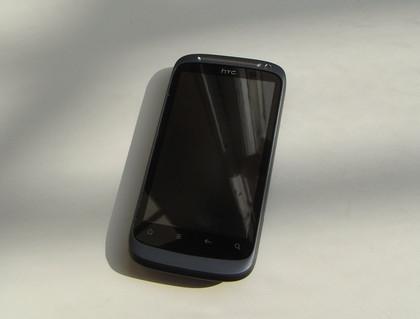
It's available SIM-free for a little over £400, but looks set to be free on contract from around £35.
We're told the retail version will ship with a microSD card, but the size will vary between retailers – 4GB looks set to be the average.
The HTC Desire S is classy. The original Desire was incredibly well built, but HTC is taking things to another level recently. The Desire S features a unibody aluminium shell that brings Apple to mind, but bizarrely not the iPhone.
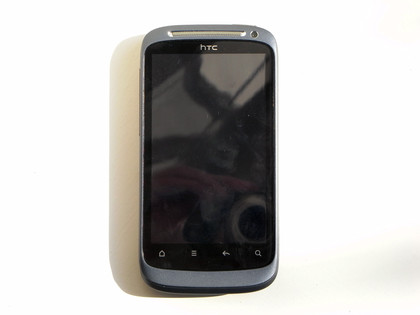
The iPhone 4's glass and steel design is flashy and eye-catching, but something like the MacBook Pro's unibody build is more discreet, though no less impressive. It's the latter that the Desire S brings to mind, being made with a similar construction process that's resulted in the same kind of gentle angles along the edge.
There's a little bit of cheating going on, because the area around the camera and the slide-off panel on the bottom are both plastic, but that doesn't even come close to marring the overall quality. It's simply a stunningly made handset as far as basic build quality goes.

More than anything, it's comfortable to hold, and feels solid. There a small amount of give on the back, and you can hear it tapping the battery if you press your finger against it, but there's no give in the device otherwise – it lives up to its billing as a solid lump of metal.
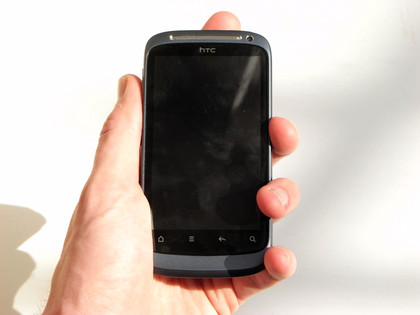
Looking at the front, the most obvious change is the loss of physical buttons and optical trackpad. While real buttons can be a nice thing to have, the optical trackpad won't be missed. More precise text editing is now built into the OS, making it redundant, and losing it has meant HTC could shave a little off the device's height.
It's now 60 x 115 x 11.6mm, and weighs in at a middle-of-the-road 130g. While 11.6mm isn't hugely thick, it's certainly lagging behind in the skinny war going on between Apple, Samsung and Sony Ericsson. Maybe HTC's got it right, though – let them worry about fitting the battery in, and just make perfectly good normal phones.
The Desire S doesn't feel thick – it's a nice size in the hand, and the curved sides make it quite comfortable to hold.
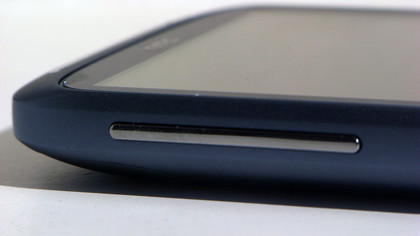
The screen retains its 3.7-inch size and 480 x 800 resolution with Super LCD technology. The display is noticeably closer to the glass than the original Desire. It doesn't quite match the iPhone 4's printed-on-the-glass effect, but compared to the original it's certainly an improvement.
When we took the Desire S and original Desire out into the sun together, we actually found the new handset slightly harder to see with them both set to the highest brightness levels. It wasn't a major difference, but it was particularly noticeable when viewing from off-centre - which might be a big turn off for some.
Speaking of which, viewing angles are excellent, just as they were on the Desire S's predecessor. The screen in general is vibrant and clear, with text easily legible.
The touch-sensitive Android buttons (Home, Menu, Back and Search) are softly backlit, and give of a jolt of haptic feedback when pressed.
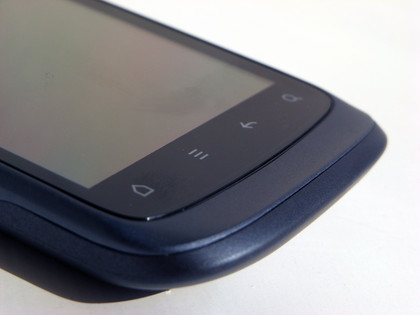
At the top of the phone are the wide earpiece and the new front-facing camera. The camera's only VGA, which will probably suffice for most people.
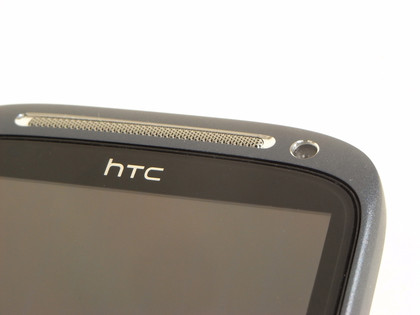
On the device's left-hand side are a silver volume rocker and a micro-USB port for charging and connecting to a PC.
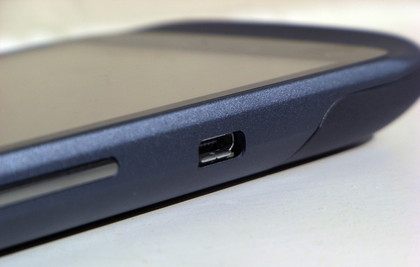
On the top sit the 3.5mm headphone port and the Lock key, which is in a nicely easy-to-reach spot (unlike, say, the HTC 7 Trophy).
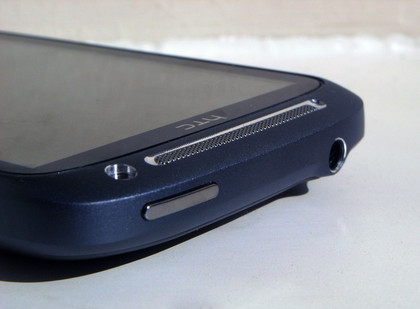
On the back is the five-megapixel camera's lens, with the LED flash and loudspeaker grille next to it. This plastic appears to house the Wi-Fi antenna, which will become a BIG talking point later on in the review.

The bottom is a slide-off panel that offers access to the SIM card slot, microSD card slot and battery. The way it curves around the phone (the Desire S still has HTC's trademark lip at the bottom) means you can end up trying to push off against your own hand, inadvertently holding it in place.
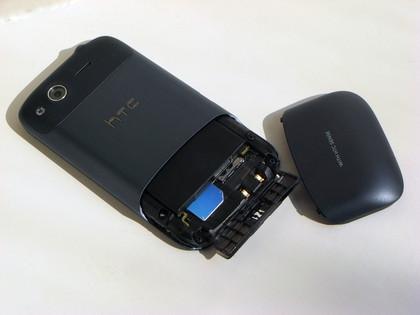
Once you get it off, you'll see a couple of connections underneath. The last time we saw something like this was the Palm Pre 2, so we got excited that there might be secret wireless power capabilities in the Desire S.
There isn't. The slide-off panel is actually part of the antenna assembly, and removing it breaks the connection, meaning you'll have no phone signal while it's off.
With it off, you can get to the battery and card slots by opening a little flip-open panel. It all feels slightly over-engineered, as though HTC has employed Brains from Thunderbirds to design the battery compartment while he was high on model glue.
Current page: HTC Desire S review: Overview
Next Page HTC Desire S review: Interface